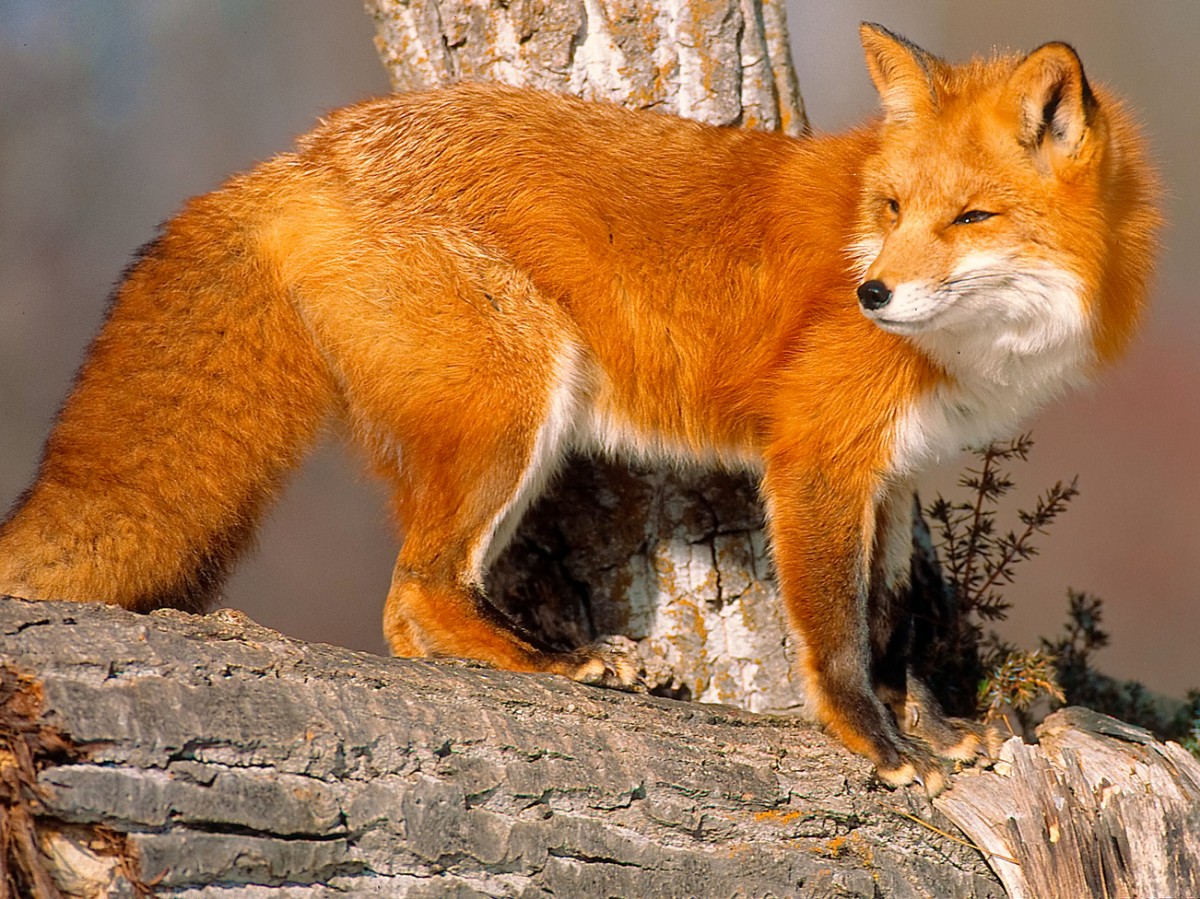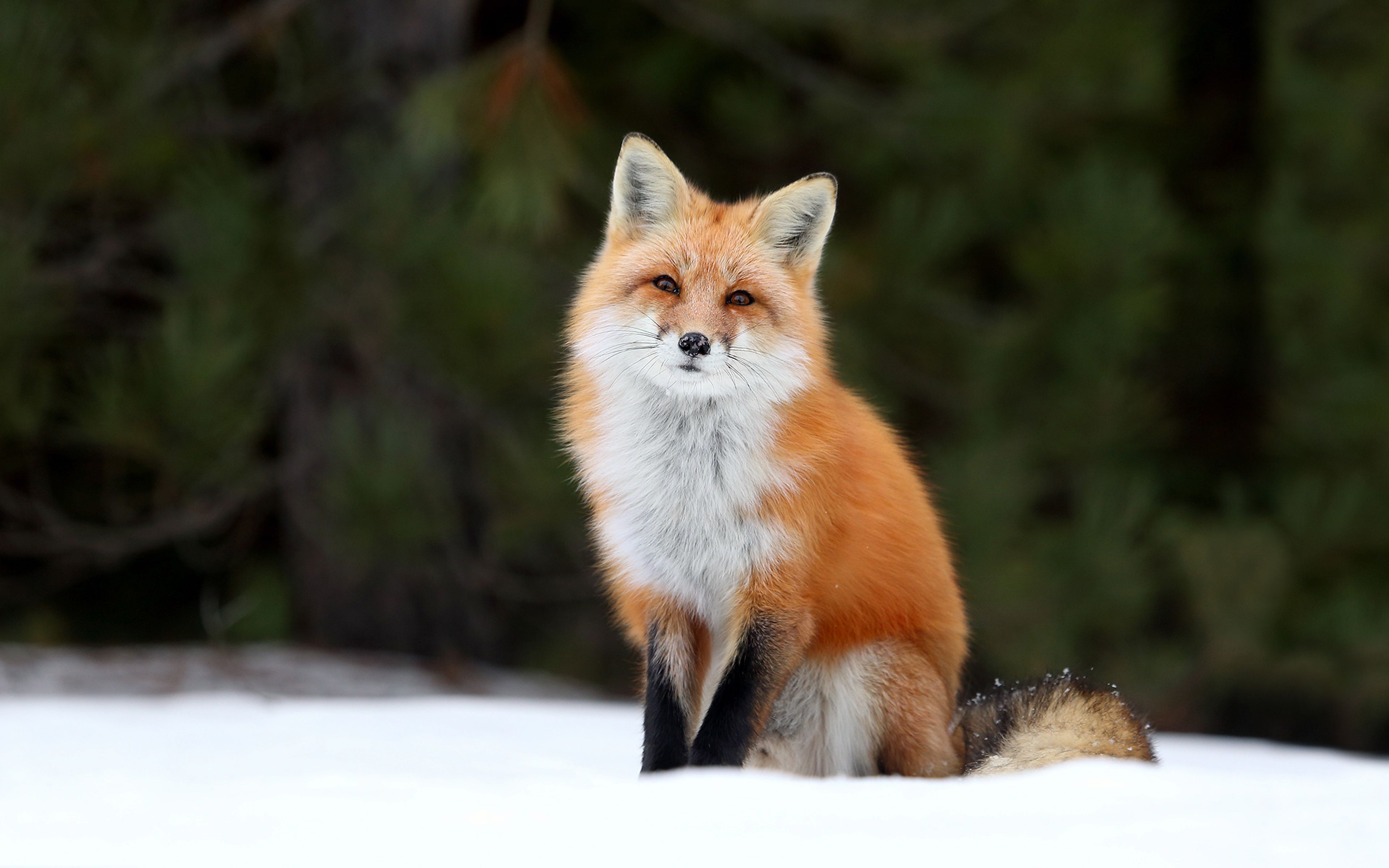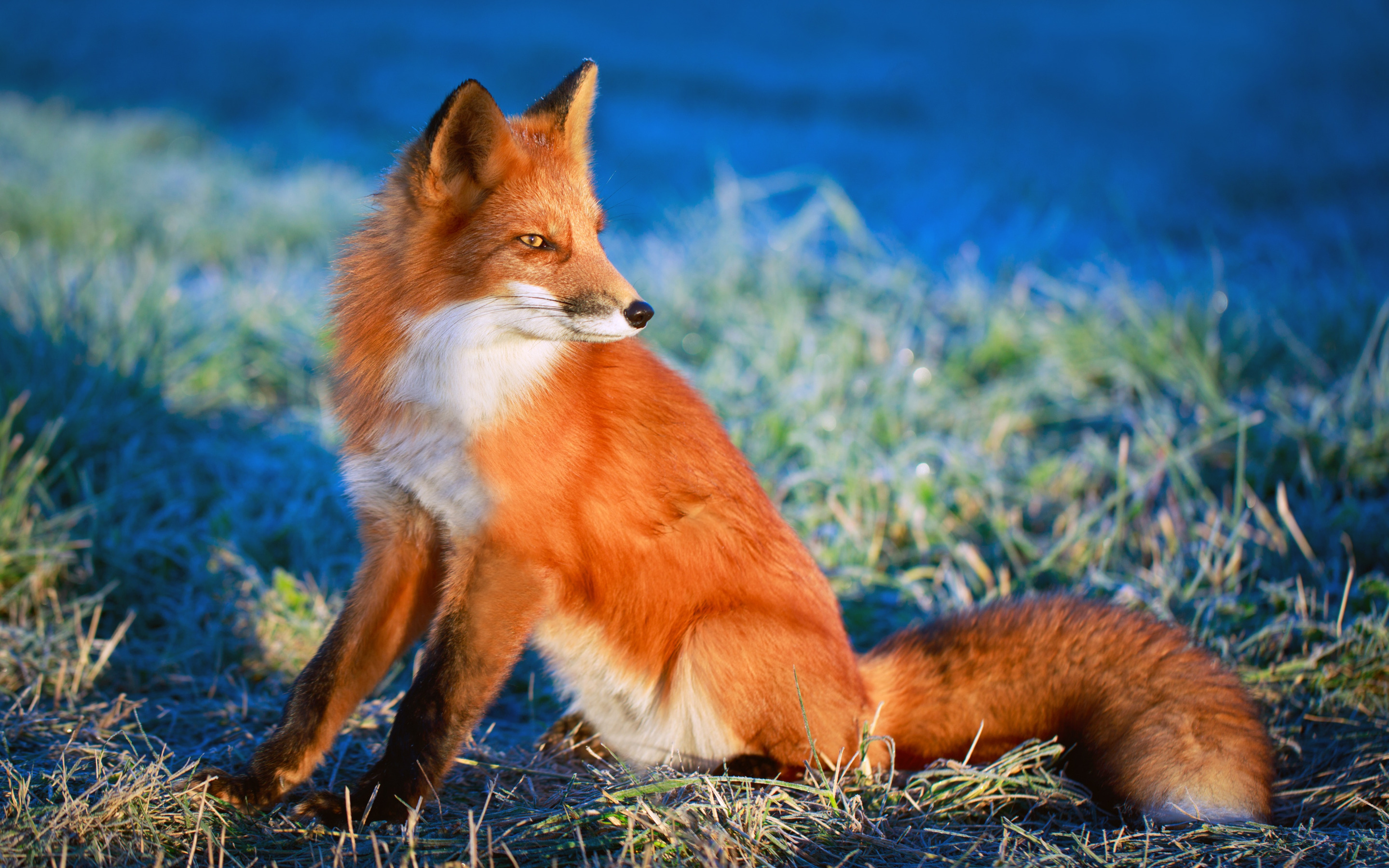
The fox, a member of the Canidae family, is a small-to-medium-sized omnivorous mammal, characterized by a pointed snout, bushy tail, and acute senses. With around 37 species, the most well-known being the red fox (Vulpes vulpes), foxes inhabit a diverse range of environments from urban areas to deep forests and arctic tundras. Their adaptability has contributed significantly to their widespread presence across the globe.
Foxes are known for their cunning nature, often depicted in folklore and mythology as clever and sly creatures. This reputation is not unfounded, as foxes display remarkable intelligence and resourcefulness. They are opportunistic feeders, relying on a varied diet that includes small mammals, birds, insects, fruits, and even carrion. This diverse diet helps them survive in various habitats, whether in the wild or in human-altered landscapes.

One of the most striking features of the fox is its bushy tail, often referred to as a brush. The tail serves multiple purposes: it provides balance while running, acts as a warm cover during cold weather, and is a communication tool. Foxes use their tails to signal other foxes and express emotions, with different positions and movements conveying different messages.
Foxes are primarily solitary animals, coming together mainly during the breeding season. They establish territories and mark them using scent glands, urine, and feces. These territories can range from 5 to 12 square kilometers, depending on the availability of resources. The breeding season for most fox species occurs once a year, typically in winter. After a gestation period of around 50 days, a litter of 4 to 6 pups is born. The pups are initially blind and helpless, relying entirely on their mother for warmth and nourishment.

The mother fox is highly protective and caring towards her young, often moving them to different dens to avoid predators. As the pups grow, both parents, if the father is present, contribute to their upbringing by teaching them essential survival skills such as hunting and foraging. By the age of 6 months, the young foxes are usually ready to venture out on their own.
Foxes are incredibly vocal animals, utilizing a range of sounds to communicate. They can produce up to 40 different calls, including barks, screams, howls, and growls. These vocalizations serve various purposes, from attracting mates to warning off intruders. The most commonly heard fox call is a sharp, high-pitched scream, often used during the mating season.

Despite their adaptability, foxes face numerous threats in the wild. Predation by larger animals, diseases such as rabies and mange, and human activities such as hunting and habitat destruction pose significant challenges to their survival. In many regions, foxes are hunted for their fur, which is highly valued in the fashion industry. Conservation efforts are crucial to ensure the continued survival of fox populations worldwide.
Urbanization has led to an increase in urban fox populations, particularly in cities across Europe and North America. These urban foxes have adapted well to city life, often scavenging for food in garbage bins and taking shelter in parks and gardens. While they are generally harmless to humans, their presence can sometimes lead to conflicts, especially when they raid poultry farms or cause disturbances in residential areas.
Interestingly, foxes have also found their way into popular culture, featuring in literature, films, and even video games. They are often portrayed as tricksters or wise animals, symbolizing cunning and intelligence. Stories such as Aesop’s fables and characters like Disney’s Robin Hood have cemented the fox’s place in cultural history.

Foxes are not just fascinating from a behavioral and ecological perspective; they also play an essential role in their ecosystems. As predators, they help control the populations of small mammals and insects, maintaining a balance within their habitats. Additionally, by dispersing seeds through their droppings, they contribute to plant regeneration and diversity.
In conclusion, foxes are remarkable creatures that exhibit a unique blend of intelligence, adaptability, and beauty. Their ability to thrive in a wide range of environments, from the wild to urban landscapes, highlights their resilience and resourcefulness. Despite the challenges they face, foxes continue to captivate human imagination and remain an integral part of our world’s biodiversity. Understanding and protecting these magnificent animals ensures that they will continue to grace our planet for generations to come.